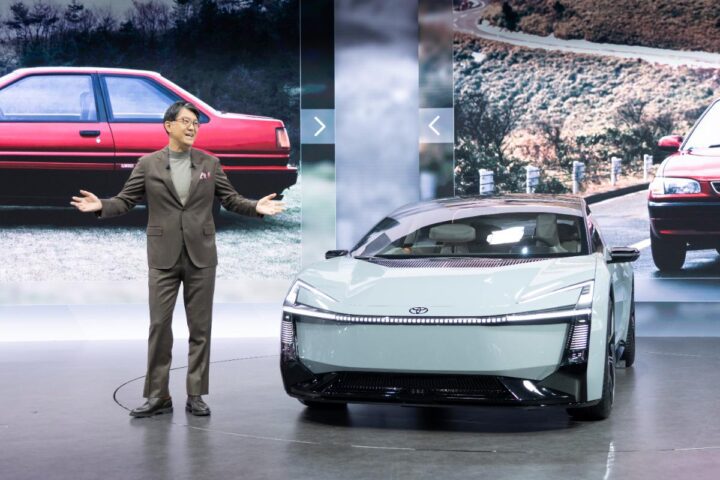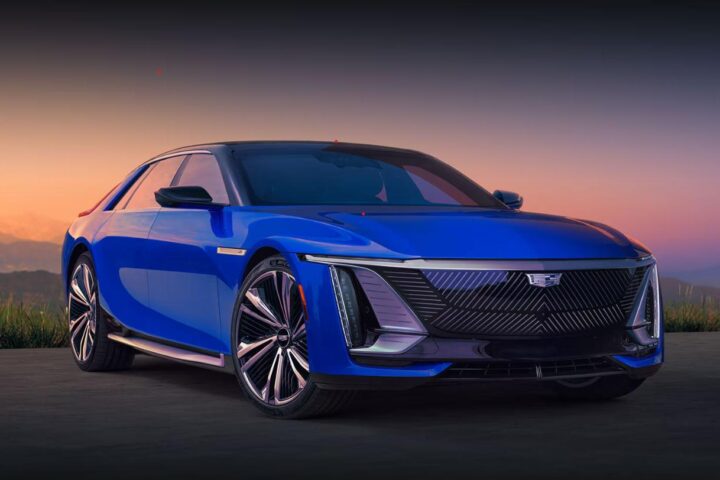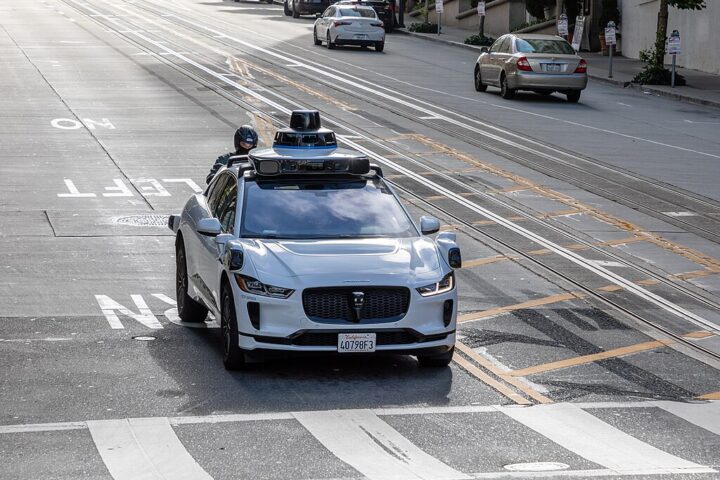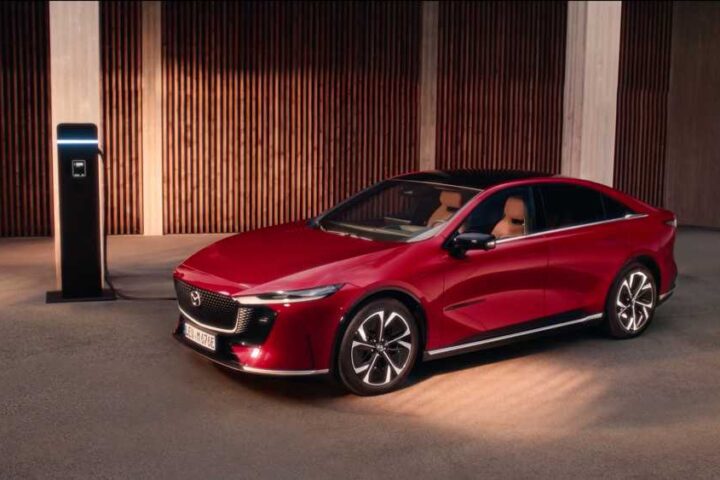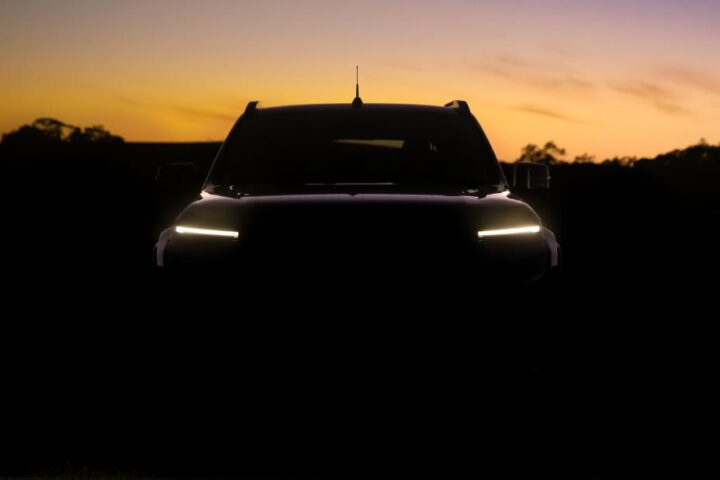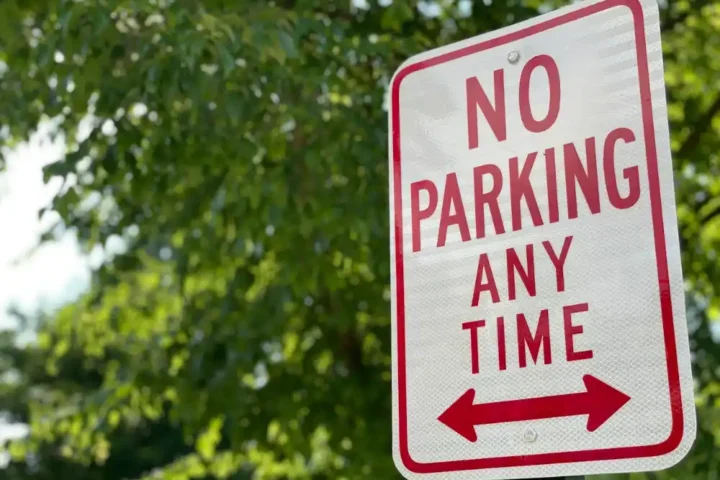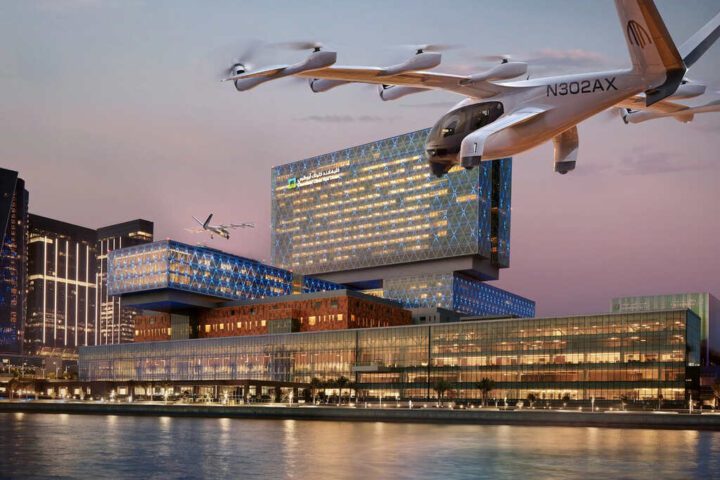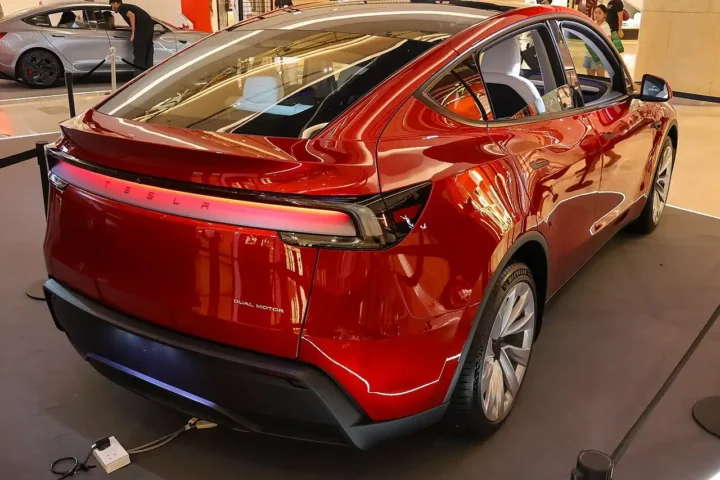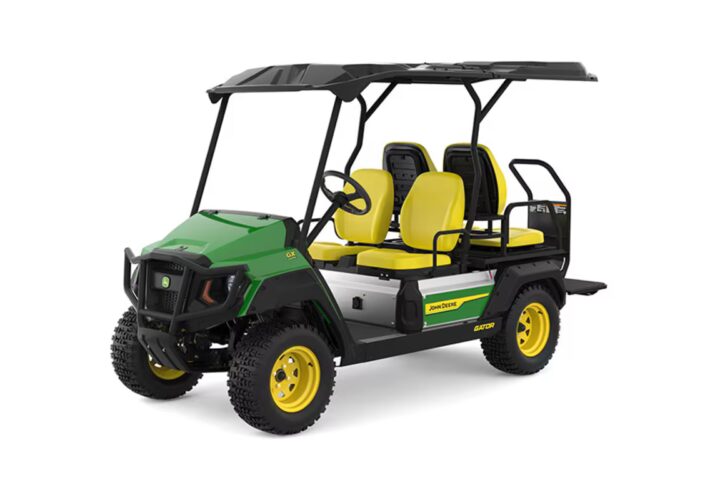NJ Transit unveiled its first new bus from a batch of 175 on September 29, kicking off a major upgrade to its aging fleet. These 40-foot New Flyer buses will arrive through June 2026, replacing vehicles from 2008 that have traveled over 600,000 miles.
The buses cost $850,000 each and are built to last 12 years or 500,000 miles. This rollout is part of NJ Transit’s plan to modernize all buses and rail cars by 2031. The agency has approved buying more than 1,400 buses since 2018, investing over $1.7 billion.
Riders will notice immediate improvements when boarding. The new design eliminates stairs with a low-floor layout and ramps closer to the ground, making access easier for seniors and people with disabilities.
“The arrival of these new buses marks another milestone toward our 2031 fleet modernization goal — and a better experience for every customer who rides with us,” said NJ Transit President and CEO Kris Kolluri.
Inside, passengers will find USB charging ports at multiple seats and brighter LED lighting. Safety features include security cameras, blind-spot detection for drivers, and warning systems that alert pedestrians when buses turn.
The new buses have fewer seats than the older models – 38 instead of 45 – due to the low-floor design and wheel well space. With standing passengers, each bus can carry up to 63 people. These vehicles meet stricter federal emissions standards compared with the older fleet.
Similar Posts
Reliability remains a key focus. NJT tracks reliability using miles between breakdowns, a key performance measure. Kolluri suggests purchasing about 250 new buses yearly to maintain performance.
In media reports, Kolluri suggested ordering about 250 buses yearly, calling it the ‘holy grail of mass transit.’
Some riders have questioned why NJ Transit doesn’t switch entirely to 60-foot articulated buses, which can carry about 100 passengers. Officials explain that the 40-foot buses are essential for local routes where larger buses can’t operate effectively.
“The 40-foot buses are critical for our local bus routes,” said Michael Kilcoyne, NJ Transit’s bus operations general manager.
The agency plans to expand its articulated bus fleet from the current 170 to 578, using them on high-volume routes. Federal funding covers a substantial share of purchase costs, according to U.S. Rep. Robert Menendez Jr., who attended the unveiling.
Some of the new buses will serve South Jersey from NJ Transit’s Washington Township garage in Gloucester County, though no specific timeline was provided for their arrival there.
The fleet upgrade follows recent fare increases – 15% in July 2024 and another 3% in July 2025 –bringing the base fare for a one‑zone trip to $1.85 NJ Transit serves approximately 500,000 bus riders daily across 263 routes, making it the largest statewide transit system in America and third-largest transit system overall. The agency also operates three light rail lines, 12 commuter rail lines, and paratransit service with more than 19,000 bus stops connecting major points in New Jersey, New York, and Philadelphia.




